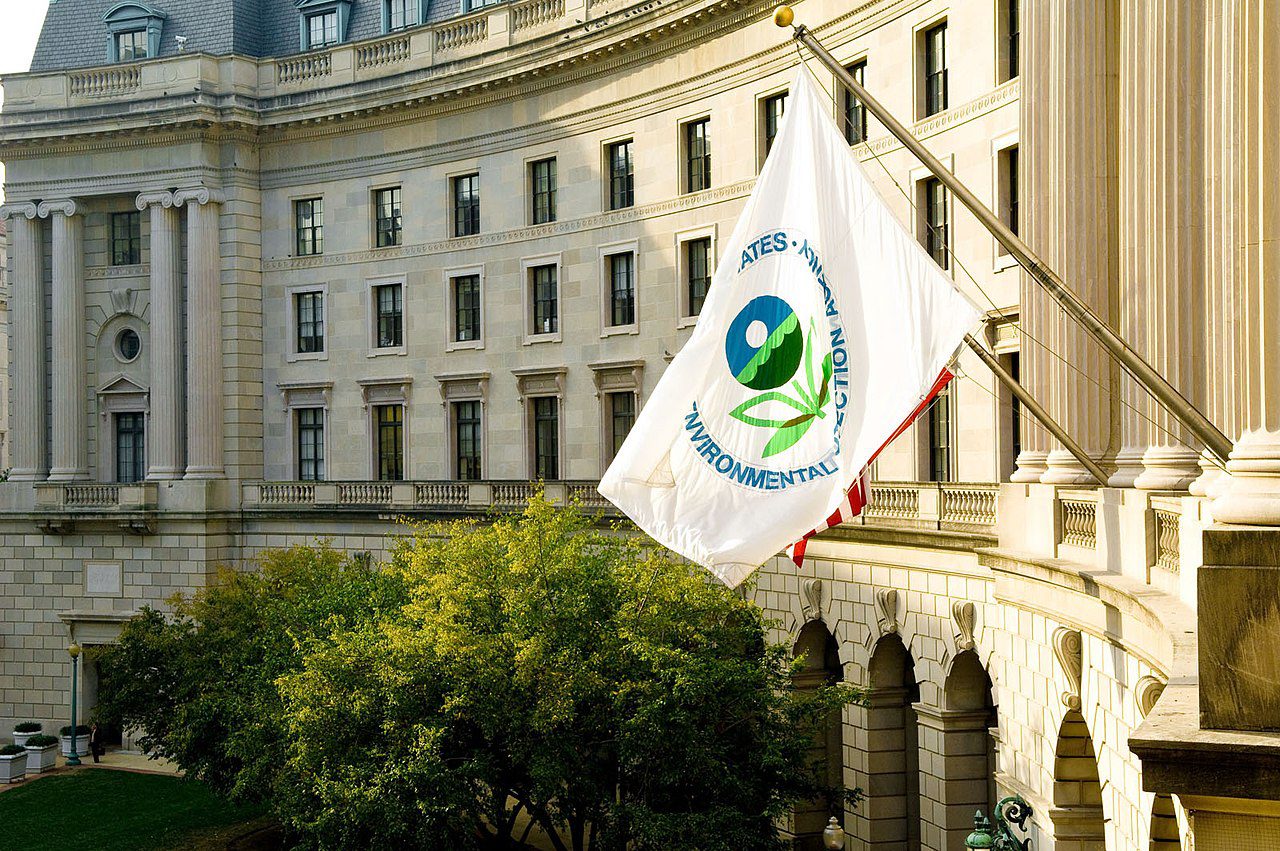August 11, 2023 — An August 8 letter to Eileen Sobeck, Executive Director California State Water Resources Control Board, notified the Board that the EPA intended to investigate allegations of discrimination. The letter, written by Anhthu Hoang Acting Director Office of External Civil Rights Compliance of the Environmental Protection, can be viewed here (PDF link) . The substance of the letter is outlined below.
. The substance of the letter is outlined below.
The Complaint.
Filed on December 16, 2022, the complaint claims that the Board has discriminated based on race, color, and national origin. Such actions violate Title VI of the Civil Rights Act of 1964 and the EPA’s nondiscrimination rules.
The accusers point to the Board’s neglect in updating the water quality standards for the Bay-Delta Region, which, they argue, negatively impacts Native Tribes, Black, Asian, and Latino communities, especially those in the South Stockton area. Additionally, they allege that these groups were intentionally kept out of the decision-making processes related to the Bay-Delta Plan.
Criteria for Acceptance.
Before any investigation, the EPA determines whether complaints meet several requirements:
- The complaint must be in written form.
- The described incident must potentially violate the EPA’s nondiscrimination regulations.
- The complaint must be submitted within 180 days of the alleged incident.
- The accused party must have received financial aid from the EPA.
The EPA confirmed that this complaint fulfills all the above criteria.
Areas of Investigation.
The EPA intends to probe two major issues:
- The potential racial, color, or national origin discrimination by the Board in how they manage water quality standards for the Bay-Delta Region.
- Examination of whether the Board has necessary procedural safeguards, as mandated by EPA rules, to prevent discrimination. This includes policies ensuring the participation of those with limited English proficiency and individuals with disabilities.
Starting the investigation doesn’t imply any verdict. The EPA’s stated role is as a neutral entity, aiming to understand the situation more deeply.
Next Steps and Possible Resolution.
The Board has 30 days from the receipt of the official notice to present their side of the story.
The EPA emphasizes a preference for resolving such cases informally. Within 10 days of this letter, they will approach both the complainant and the Board to discuss potential conflict resolution methods.
If both parties agree to such methods, it will pause the 180-day timeline set for the investigation. However, if no resolution is achieved, the investigation will resume, aiming to deliver preliminary findings within the allocated timeframe.
Protection of Participants.
All details related to the complaint will adhere to the Freedom of Information Act (FOIA) and the Privacy Act. Identifiable information will be shared only when essential.
Furthermore, the EPA stresses that intimidating or threatening individuals involved in such complaints is prohibited. Anyone experiencing such behaviors can approach the EPA with their grievances.
For those interested in understanding the EPA’s complaint resolution process in more detail, a comprehensive guide can be found here .
.


Leave a Reply